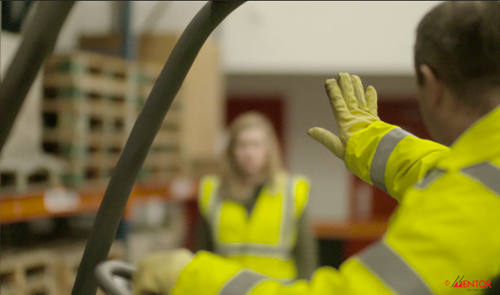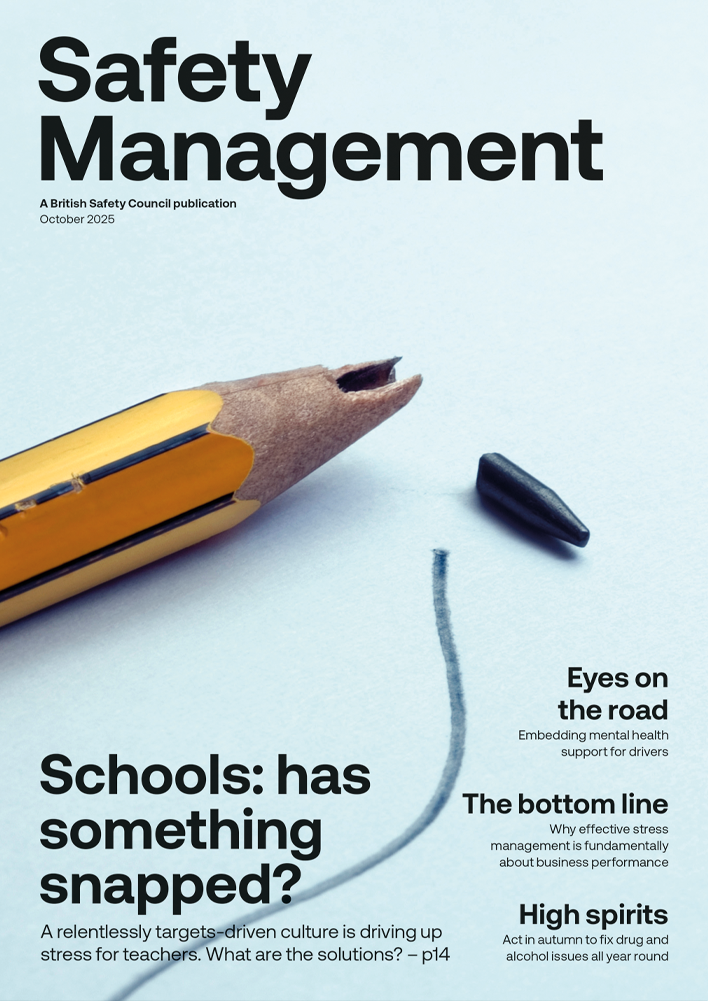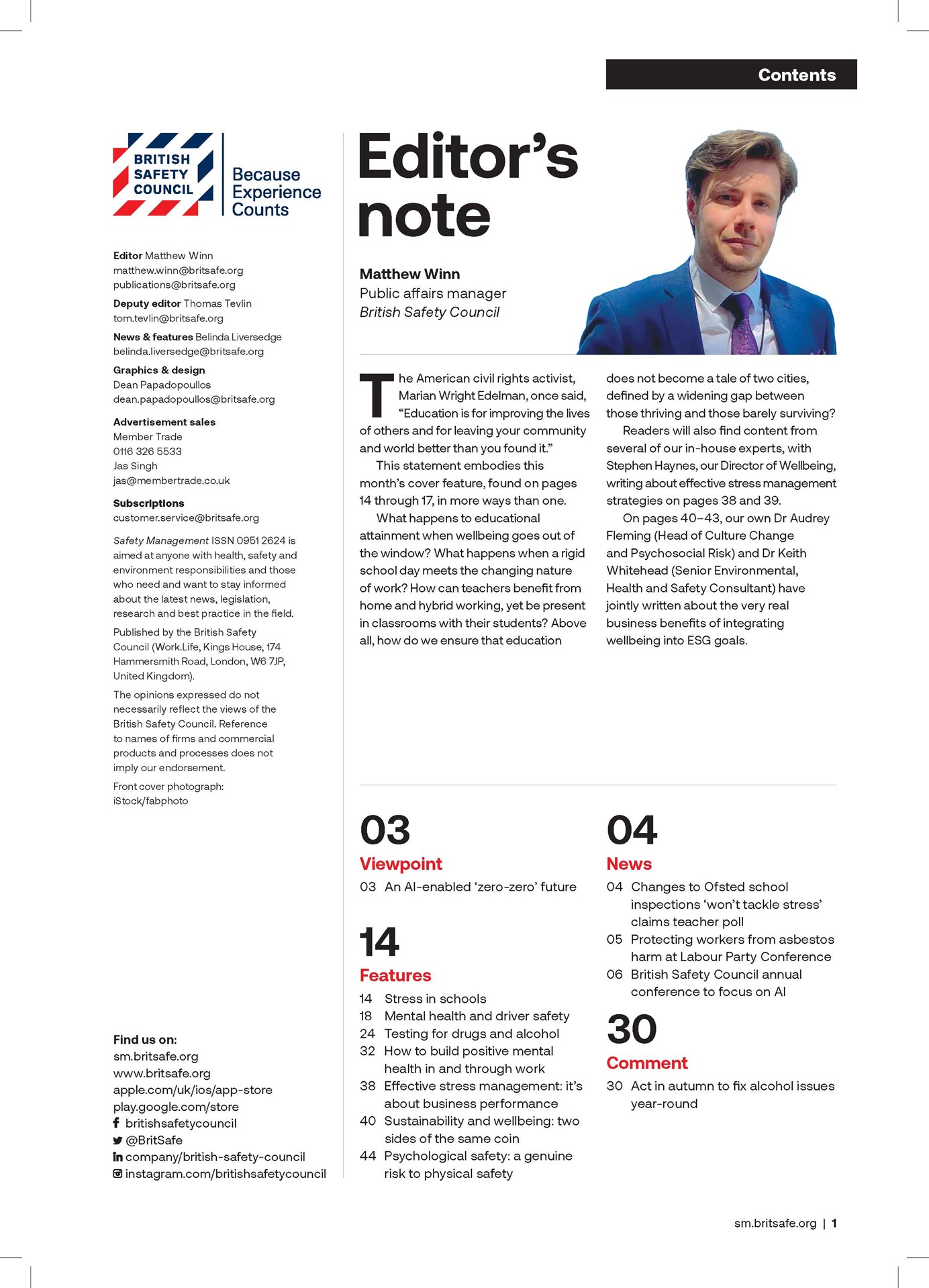As the Brexit story unfolds, more details will be known about future occupational safety and health regulations. It is therefore likely that some of the issues still uncertain at the time this magazine goes to press will be clearer in just a few days, when these pages reach you. Or not. Because if something we have learned through the Brexit process is that deferments and new scenarios have found a fertile territory in the public debate after 23 June 2016. Iris Cepero
Features
Brexit
Nonetheless, Brexit Day, 29 March, approaches, so this small dossier in Safety Management is our attempt to provide some forecasts about what the occupational safety and health landscape could look like in the coming months and years.

The comments here aim not to indulge ourselves in celebration about the accomplishments of the past decades, but to assert our expectations in a post-Brexit era
Most people in the industry hope that, after Brexit, we will maintain the high standards of British occupational health and safety practices. But Brexit is a seism, the consequences of which we are yet unable to foresee; and that is why many industry leaders and experts have expressed concerns about how the imminent changes to the country’s international relations could affect workers’ rights and diminish the role that workplace health, safety and environment would have in the business agenda from 2021 on.
It is no news that the powerful and proportionate health and safety system we enjoy today is a good blend of a very British craft and 30 years of EU Directives. And that is no coincidence. Common interests, a shared mindset and strong coordination have been key in achieving it. We are leaving the European Union, but we are not leaving Europe, so as far as the mindset, the interests, the aspiration and the pride we all shared persevere, it would be easier to deal with the consequences of Brexit.
As businesses adapt to functioning outside the European bloc, there is the risk that time and money now set aside for improving workplace health and safety are diverted to meet other imperative needs. We know that despite the best examples and the best intentions, the future is uncertain, but to whatever scenario we wake up to in April, our magazine calls for preserving the powerful and proportionate workplace legislative systems and practices that have made Britain proud, and a model for many other nations.
Finally, it's important to see how institutions in health and safety see the future after Brexit. British Occupational Hygiene Society's Katherine Dearden explains the commitment of BOHS to maintain relationships with the EU in areas such as exposure limits, and the British Standards Institution offers a view for how businesses can remain resilient in uncertain times.
FEATURES

Targeting dust in construction
By Belinda Liversedge on 30 October 2025
Rohan Jindal was cycling to college in Dehli where he was studying engineering, when he had to stop. Not because of the hot sun beating down, but because he couldn’t breathe. And although asthmatic, that wasn’t the trigger. Looking all around he saw construction sites emitting large clouds of dust. This was his ‘a ha’ moment. “What,” he asked himself “do they do in construction to supress the dust?”

Paper vs digital – how CFTS is revolutionising work equipment inspections for members
By Rob Fisher, CFTS on 30 October 2025
A new mobile app makes it easier for CFTS-accredited businesses to manage the delivery of Thorough Examinations of customers’ work equipment, but it also benefits the customer through automated reminders about the safety of their machine and the results of the examinations.

Keeping people safe around material handling equipment at peak times
By Andy Cartwright, Mentor FLT Training on 30 October 2025
For many businesses, the Christmas and New Year period sees increased use of equipment like forklifts as customer demand, sales and goods handling surge, so it’s essential that measures like adequate segregation of people and machines are in place to keep everyone safe.



